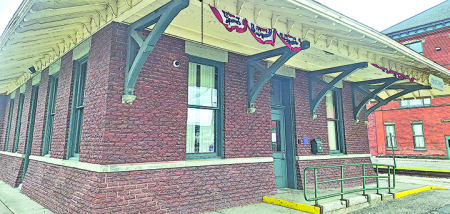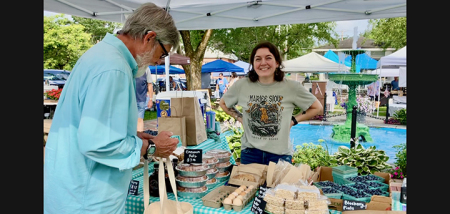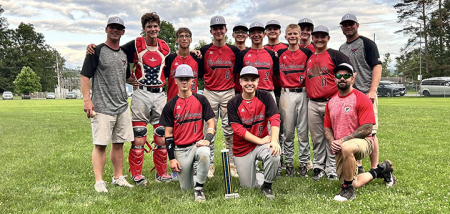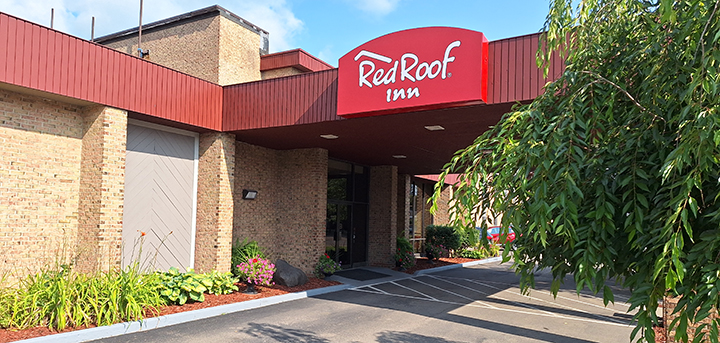What Happened To The Trees?
Published:
June 9th, 2023
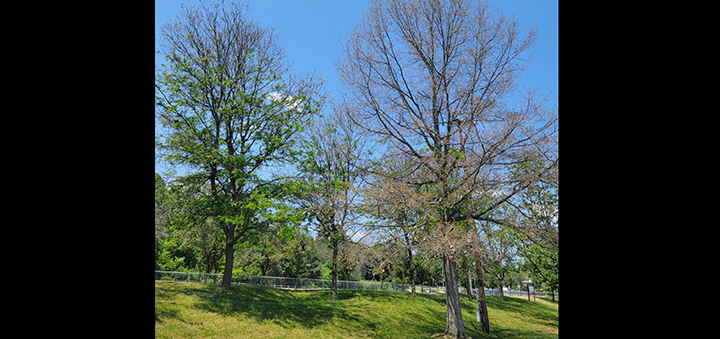 A damaged honeylocust and oak at Weiler Park in Norwich. A late frost and low temperatures on May 18 damaged oaks, honeylocust, black locust, redbud, ash, walnut, hickory, sycamore, ginkgo, catalpa, sumac, and many others in the Norwich area. (Submitted photo)
A damaged honeylocust and oak at Weiler Park in Norwich. A late frost and low temperatures on May 18 damaged oaks, honeylocust, black locust, redbud, ash, walnut, hickory, sycamore, ginkgo, catalpa, sumac, and many others in the Norwich area. (Submitted photo)
NORWICH — You may have noticed that many of the trees throughout the area look scorched or dead. We had a warm spring, with early leaves on maples and birches and fabulous flower shows on crabapples and dogwoods.
But on May 18, we woke up to a late frost with temperatures dropping into the mid-20s in some areas. Leaves on those early-growing trees weren’t affected. But trees just starting to grow took a significant hit. Damaged trees include oaks, honeylocust, black locust, redbud, ash, walnut, hickory, sycamore, ginkgo, catalpa, sumac, and many others.
Newly formed and emerging leaves and some twigs were partially or fully killed, leaving the trees bare. The damage is especially noticeable right now as we seek shade from this early heat.
If the tree was healthy, it should re-leaf. Most deciduous trees can handle a defoliating event yearly for two or three years. Many trees are already pushing out new little leaves. Depending on their damage level and starch reserves, some trees will take a little longer.
If you have a damaged tree, please water it. In addition to the warm spring, rainfall has been low the last couple of weeks, and the soil is dry. The lack of water adds additional stress. Watering newly planted trees is even more critical as their root systems are not yet established, and they have less access to water in the soil.
You can also mulch the base of your tree to help retain moisture in the soil, moderate soil temperatures, and cut down on competing grass and weeds. Do not fertilize these trees. Adding fertilizer increases the amount of stress damaged trees are under.
As your tree resprouts, it may be spotty. Some twigs and branches may not re-leaf. Please resist the urge to prune off the dead wood until you are sure it’s done growing. If you do prune the tree, try not to remove any of the resprouted leaves, the tree needs as many as it can muster.
The tree may look funny for a few years as it recovers from this heavy frost. Be patient with it. If your tree doesn’t show any signs of life in the next few weeks, the cold may have done it in.
- Information provided by Rebecca Hargrave, associate professor of forestry and arboriculture at SUNY Morrisville and chair of the City of Norwich Tree Committee
Comments
